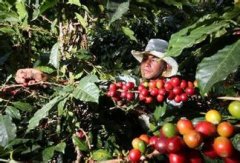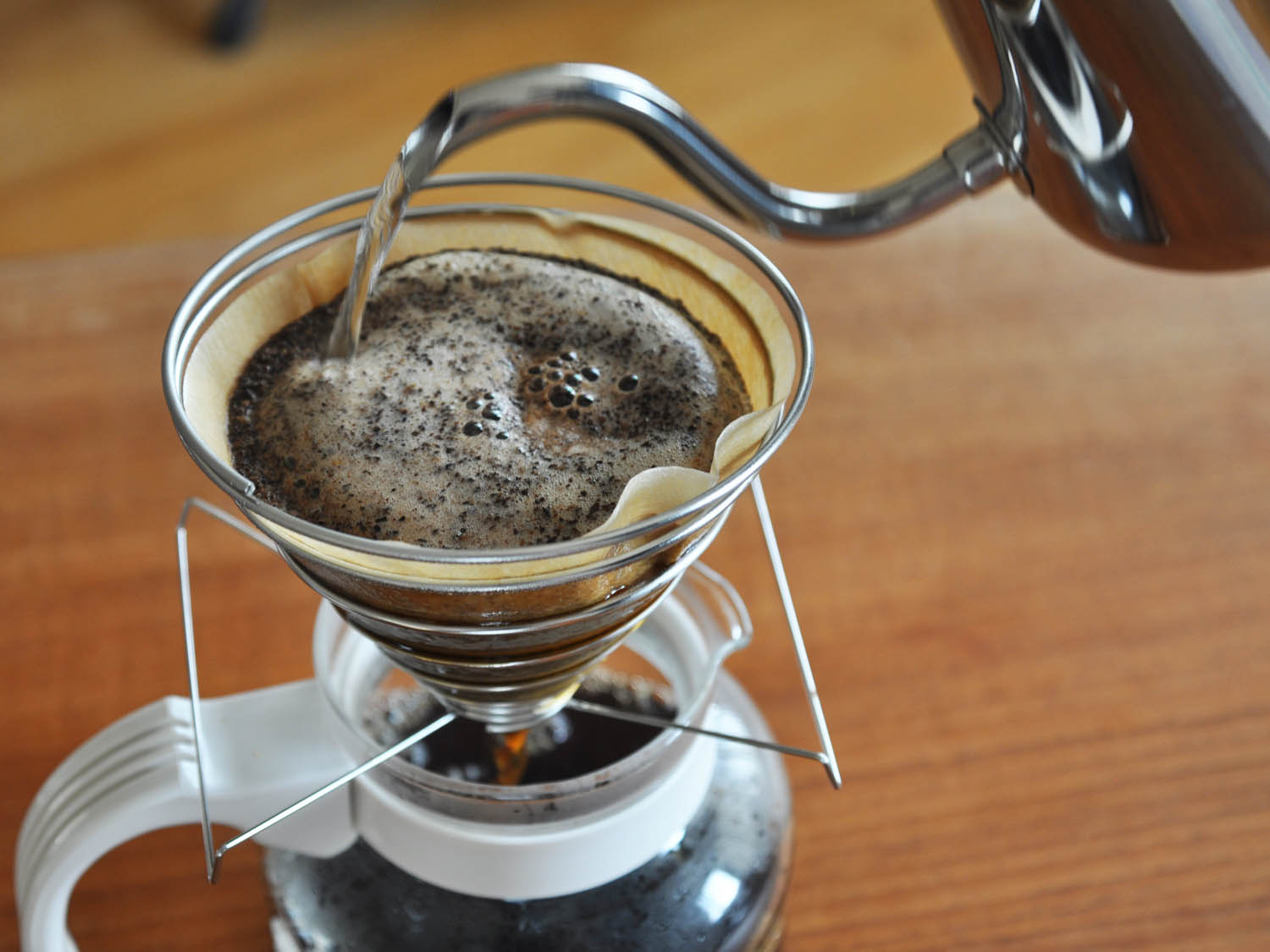The sun? Washing? Lure out the sweet and sour processing.
The processing of coffee cherries has an important influence on the final coffee flavor. Even the same coffee cherries will have different processing procedures, showing a completely different aroma and taste in the end.
Not only that, in case there is something wrong with the processing process, it may also make the coffee flavor have a fatal defect, resulting in the whole batch of damaged beans reimbursed.
Characteristics of their respective processing methods
Just like coffee varieties, the processing methods roughly sum up the basic characteristics of generality, but there will also be final differences due to various factors.
Sun treatment
Tanning is the oldest and most primitive treatment of coffee beans. It is to put the harvested coffee cherries on the terrace (in fact, many of them are very similar to the ground of the early courtyard, and some are even directly exposed to the sun on the side of the road) and receive direct sunlight exposure (about 27-30 days). The moisture is dried from 60% to only about 12%. The concept of this treatment is very simple and inexpensive, but it has a lot of variables and risks; it has been used for a long time to deal with beans that are not of such good quality. (so in the past, in some producing areas, such as Yega Xuefei, the best sun-dried beans were only G3). Because the sun drying method is to let the coffee fruit dry naturally, the coffee beans can ripen naturally inside the fruit and will not be disturbed by the external environment, so the coffee beans treated by the sun method will enlarge their own flavor, mellow and strong flavor. and give off a sweet taste.
Advantages:
Tanning requires no water except for the steps of removing floating beans, and a bucket of water can be reused with low cost, so it is widely used in areas where water resources are not abundant.
Disadvantages:
1. Sunburn method because the coffee beans must be placed outside, so there are often a lot of dead branches and leaves and other impurities mixed with it.
two。 Because it is the use of the sun, the degree of dryness of coffee beans is not easy to control, resulting in coffee fruit "overdrying" situation, internal coffee beans are damaged as a result.
3. In the process of the sun, because the pulp has not been removed, it is often moldy and rotten.
Washing treatment method
Washing is the most popular method for the treatment of boutique coffee beans. Compared with the sun, the water washing method is easier to control the various variables in the treatment process, and the treatment process is also more complex.
The process is generally as follows: picking coffee cherries-putting them in a cistern to filter out impurities and immature coffee cherries-using a machine to remove coffee cherry pulp-removing the mucous membrane attached to the endocarp in the fermentation tank-removing light, hard beans in a washing pool-drying in a tanning place (dryer)-removing endocarp by machine-selecting and grading coffee beans. As a result of fermentation, coffee beans usually have a bright sour and fruity flavor.
Advantages:
1. All the treatment procedures of the water washing method are indoor, so the impurities in the coffee beans can be reduced to the lowest and the quality is the highest.
two。 Since the flesh is removed in the first place, there is no need to worry about mildew like the sun method.
3. The appearance is relatively complete, and the selling image is excellent.
Disadvantages:
1. The procedure is complex and tedious, so the cost is much higher than that of tanning.
two。 A large amount of water will be used, and it takes 40 to 50 liters of water to obtain 1 kilogram of coffee beans, so it is less used in areas where water resources are scarce.
Pulp natural drying method / honey treatment method
Honey treatment, also known as semi-washing, is widely used in Central and South America. Honey treatment does not refer to the treatment of coffee beans with honey. Because the sugar content of the inner epidermis of untreated coffee beans is extremely high, and it is relatively slippery, it is called "honey" in the industry. Honey treatment refers to the treatment of retaining some or all of the "honey". Compared with the washing treatment, its treatment method saves the step of fermentation in the fermentation tank, so it retains the endocarp mucosa of coffee cherry to a certain extent, namely "honey". Honey-treated coffee is rich in sweetness and balanced acidity, and rich in Cream, which restores the flavor of coffee beans and is very popular with coffee lovers. The most famous of the coffee beans treated in this way is Costa Rica treated with honey. Honey-treated coffee beans have a better flavor, sour taste and sweet taste balance, and the same sun method because of the sun, the aroma of coffee beans will also be magnified, mellow flavor.
Advantages:
1. It belongs to the improved method of tanning, because the pulp is removed from the beginning, so there is no mildew problem.
two。 It does not need to consume a lot of water, and the cost is low.
Disadvantages:
The processing steps can be said to be the most complex and labor-intensive of all ways.

Important Notice :
前街咖啡 FrontStreet Coffee has moved to new addredd:
FrontStreet Coffee Address: 315,Donghua East Road,GuangZhou
Tel:020 38364473
- Prev
Japanese coffee pull flower spoof cartoon character Pikachu world-weary face expression super contrast cute!
Professional coffee knowledge exchange More coffee bean information Please pay attention to coffee workshop (Weixin Official Accounts cafe_style) Coffee flower pattern is ever-changing, changing constantly. Recently, Japanese netizens have gone crazy about a coffee with a cartoon character with a world-weary face. Unlike the flowers and plants or cute animals that you usually see in coffee, a Tokyo coffee shop uses the outline of the character to match it.
- Next

[hypothetical hand-brewing coffee] will the exhaust of the filter cup affect the flow rate?
Professional coffee knowledge exchange more coffee bean information please follow the coffee workshop (Wechat official account cafe_style) recently the editor has seen on the Internet that the exhaust of the filter cup will affect the flow rate, and even extends the theory that the exhaust affects the drainage speed, the drainage speed affects the flavor and so on, because it is not clear how it came from and how to verify this kind of thing, so first.
Related
- What is the meaning of lactic acid fermentation with coffee bean treatment?
- How to judge the state of foam by sound?
- How does the latte pull out the unicorn pattern? Come to get for a little trick to improve the flower pull!
- Will flower pulling affect the taste of the latte?
- Do you know the history of coffee?
- The difference between honey treatment and sun washing what is raisin honey treatment?
- What kind of milk can a novice use to make coffee foam to keep the foam longer? The correct method and skills of milking tutorial sharing
- Why do washed coffee beans taste sour? Flavor characteristics of washed Coffee
- Introduction to the skill of how to practice the size and height of water injection around the circle of hand-brewed coffee
- How do beginners practice coffee flower drawing from scratch?

